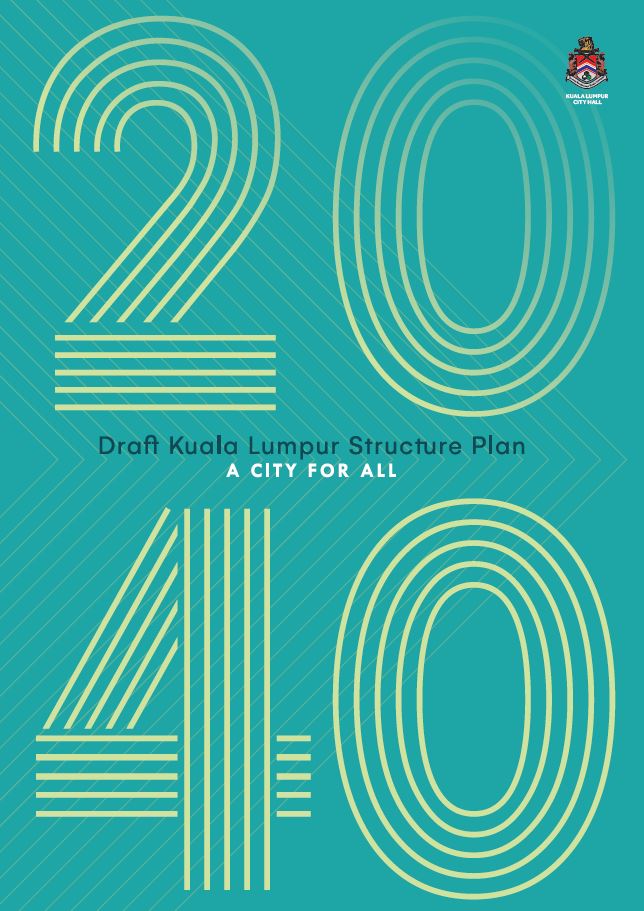By Aina Mardhia Ismail
Overwhelmed by the rapid development of Greater Kuala Lumpur, the launching of the Kuala Lumpur Structure Plan (KLSP 2040), which is a continuity of Kuala Lumpur Local Plan 2020, has sparked my personal interest on the need for revision in the light of its current status as Malaysia’s capital city.
As a student majoring in town planning and a resident of Greater Kuala Lumpur, I am fully aware that the publicity of the Structure Plan as stated in the Town and Country Planning Act 172 Section 9, which underlines the need for public to voice their constructive opinion and valid objection, can be chimed within a period of less than a month – a time frame considered ample for public to review and voice out their concern.
The public participation period for KLSP 2040 commenced from 18 February until 18 March 2020 and the draft could be accessed by public at selected offices and shopping malls around Kuala Lumpur.

However, there is a slight issue bugging me regarding the approaches to the Draft KLSP 2040 which is available for public ease of reference. Apparently, this is available to public in digital version at a cost of RM100 other than existing roadshows and exhibitions that have been programmed.
In light of mass virtual communication, the existence of digital version of the document possibly makes white collars and others 9 to 5 staff the ease to access, thereby highlighting their contribution to chime in their views and objection for the plan.
Regardless that mid public participation period, the Kuala Lumpur City Hall has decided to make the digital version of the draft available for download and review on their web for free, such idea if implemented at the initial stage of publicity, would have changed the scenario.
The implementation of RM100 for residents to obtain a draft of the development plan had raised issues among the public. Such out-of-pocket situation had reduced residence’s interest to participate in the publicity, resulting in unawareness of possible development planned for the residents.
The incurring process of buying the draft might delay the process of obtaining feedback from public. Having the draft available online at initial stage could have avoided the fuss of incurring payment for the plan by public.
The transparency for the development plan prevailed as only for those who have the fortune of time and wealth to visit the roadshows and buy the plan are able to access the document.
In Islam, the concept of syura or meeting is not an alien term where syura is simply summarised as extracting and evaluating opinions, meetings or dialogues intended to obtain the truth as a result of consulting one another or experienced group of people (Abu Ali al-Tabarsi, Al-ASfahani, Ibnu al-Arabi and Abd al-Khaliq al-Duri, n.d. as cited in M. Md Ariffin, 2012).
The concept of public participation is similar to the concept of syura in a development plan where both situations seek opinion of other people to reach a consensus.
In the context of town planning in Malaysia, the concept of syura assures that evaluation of peoples opinion is done to obtain the truth which resembles residents of a particular area whose opinion should be valued in planning a development.
With the given scenario, I highly recommend that this development plan is made available for public access at zero budget to ensure that the document is accessible to all in the future.
This proposal must be visualised as we need more public opinion in the decision-making of town planning as the saying goes, “two heads are better than one”. ***
